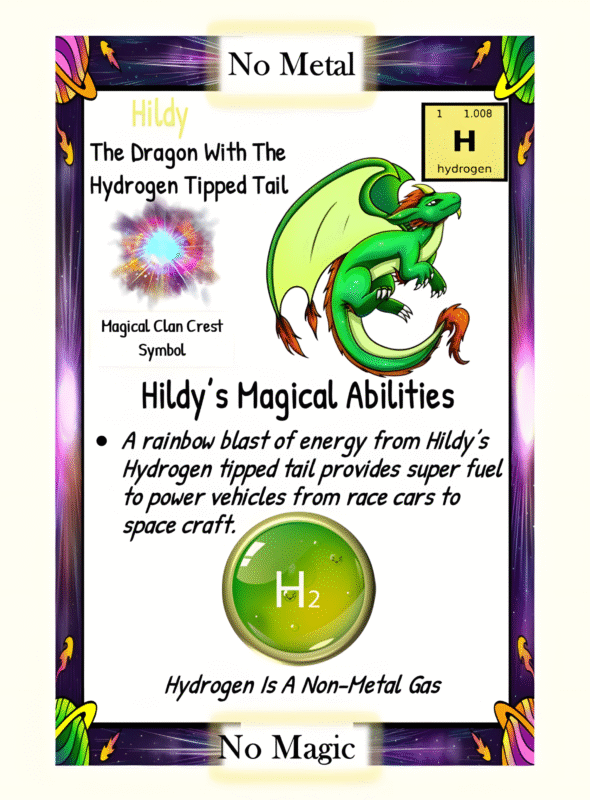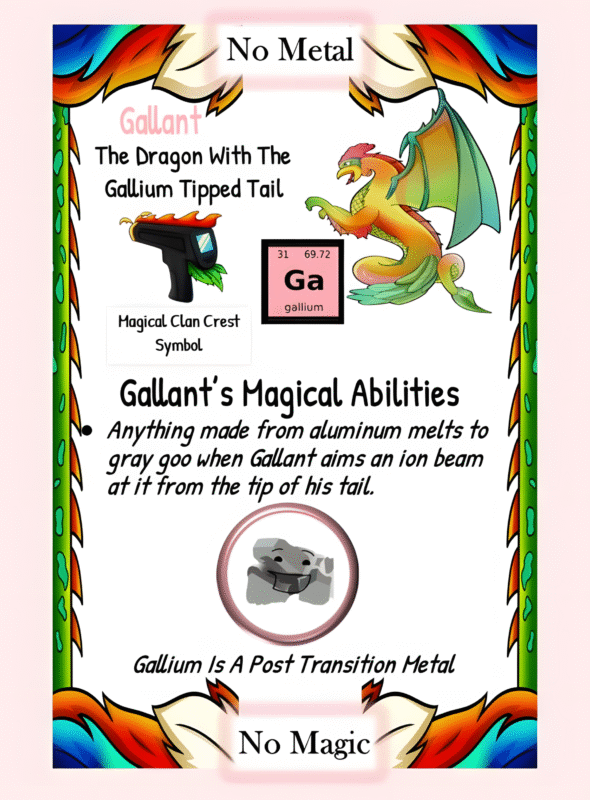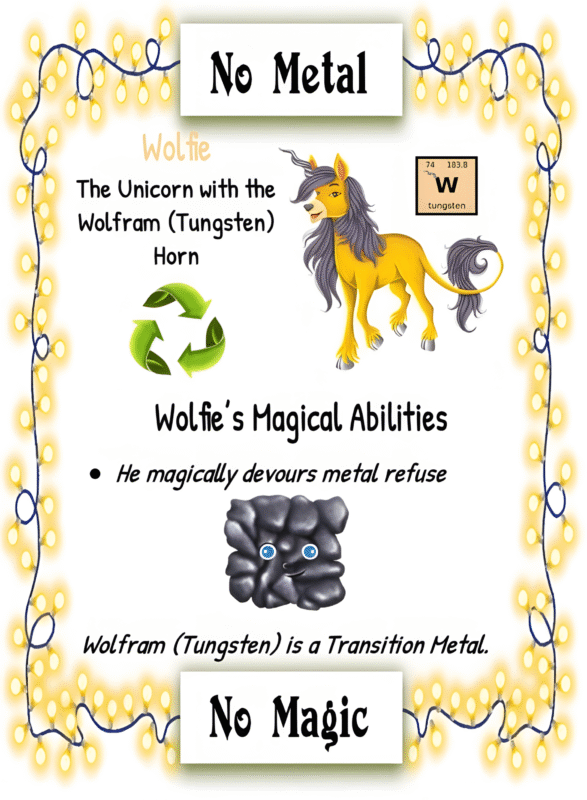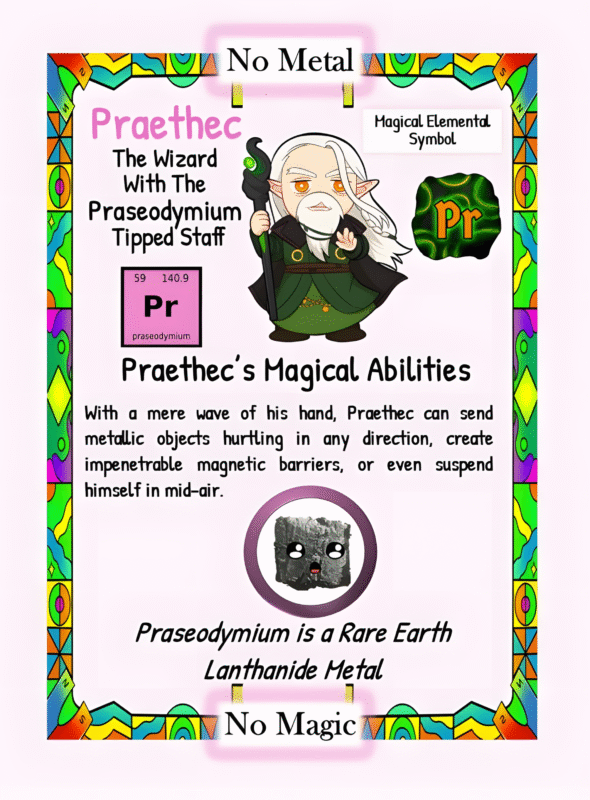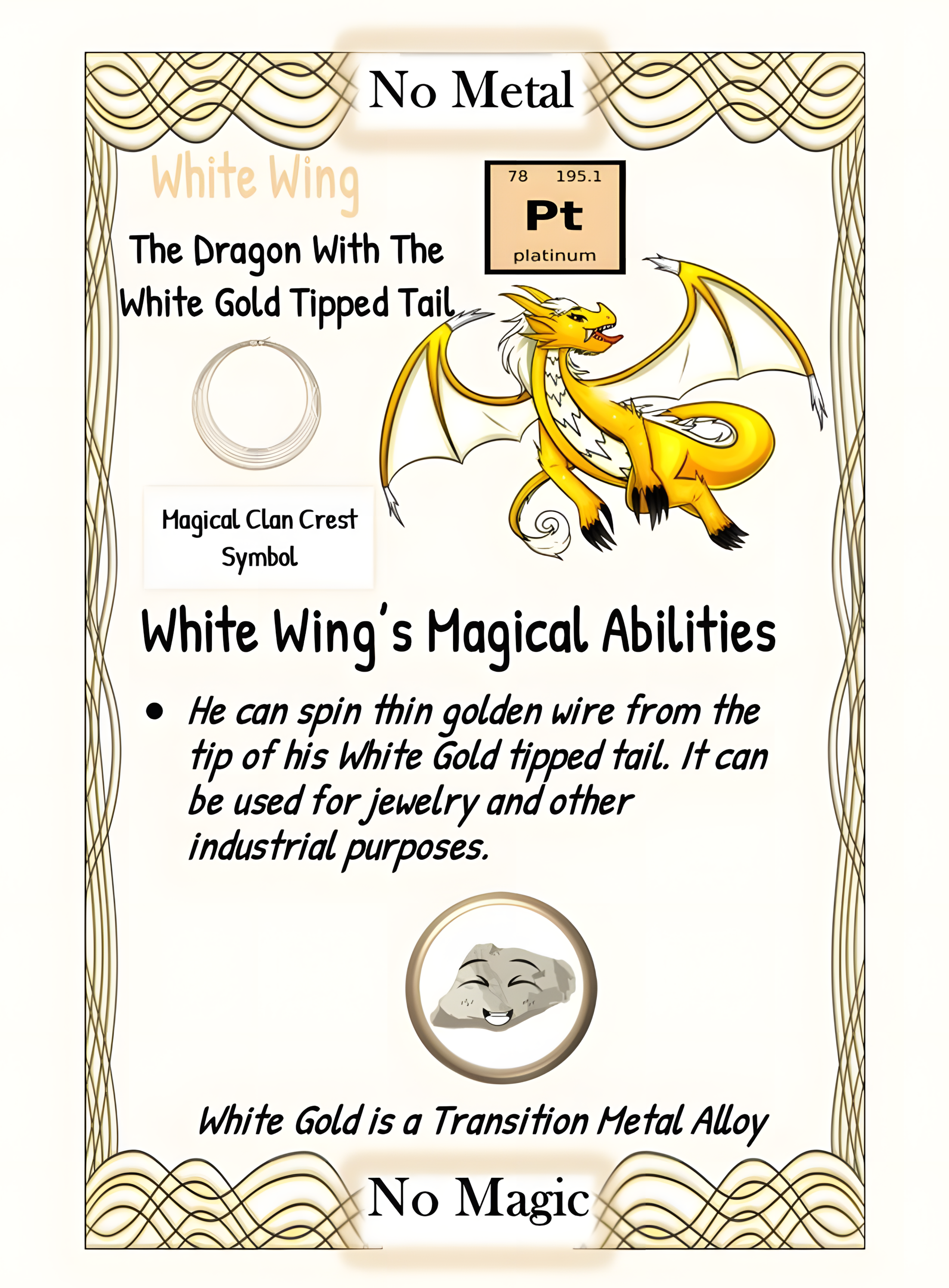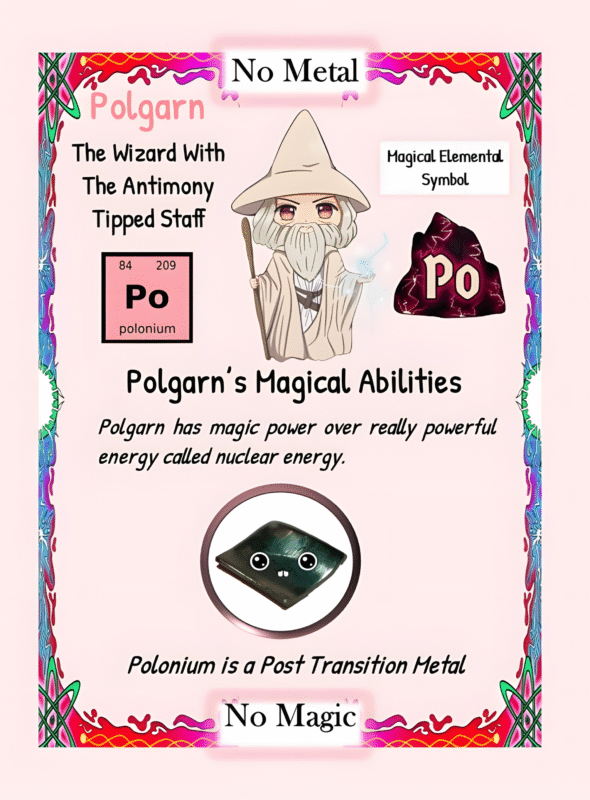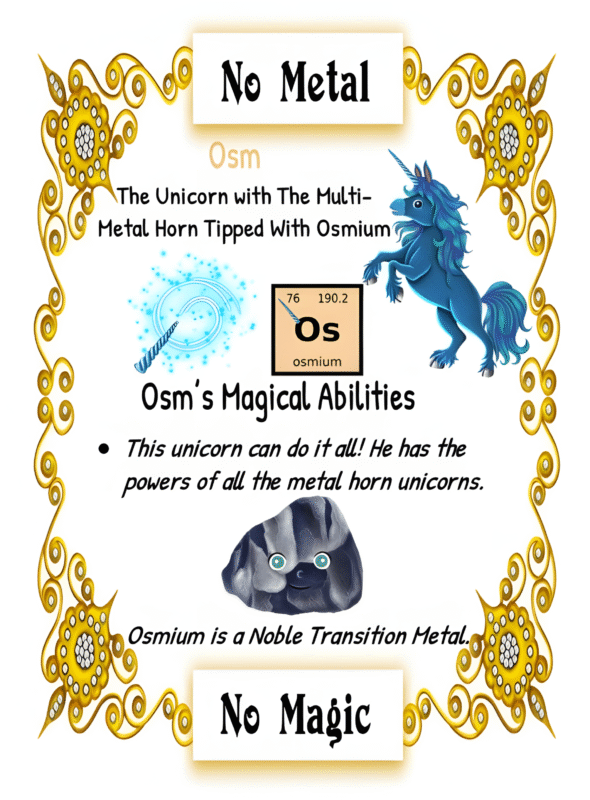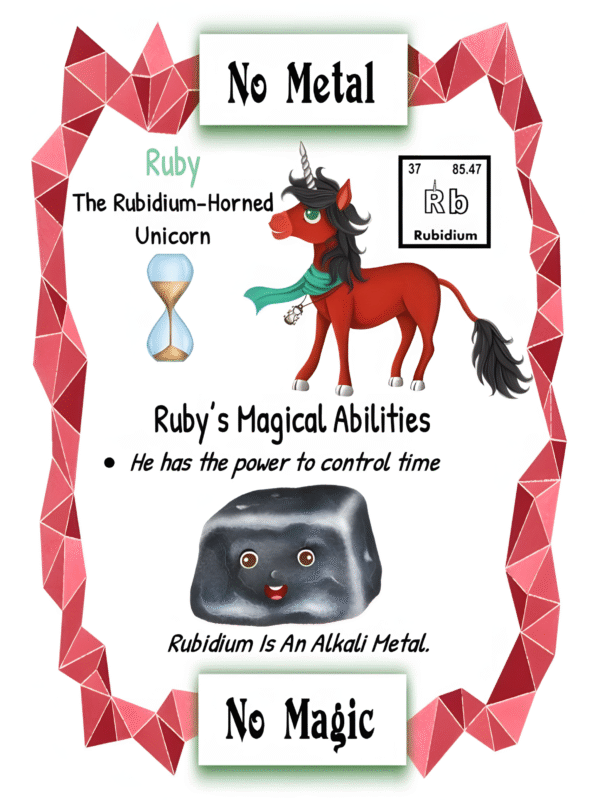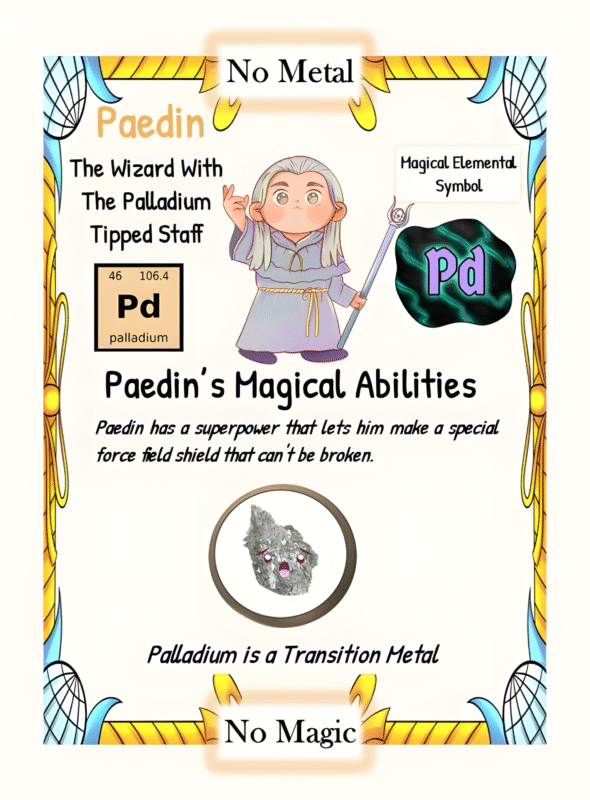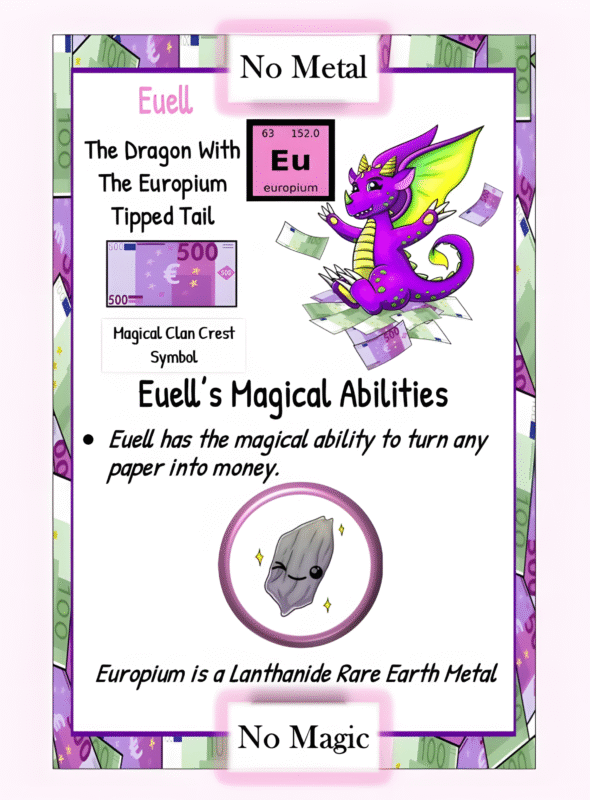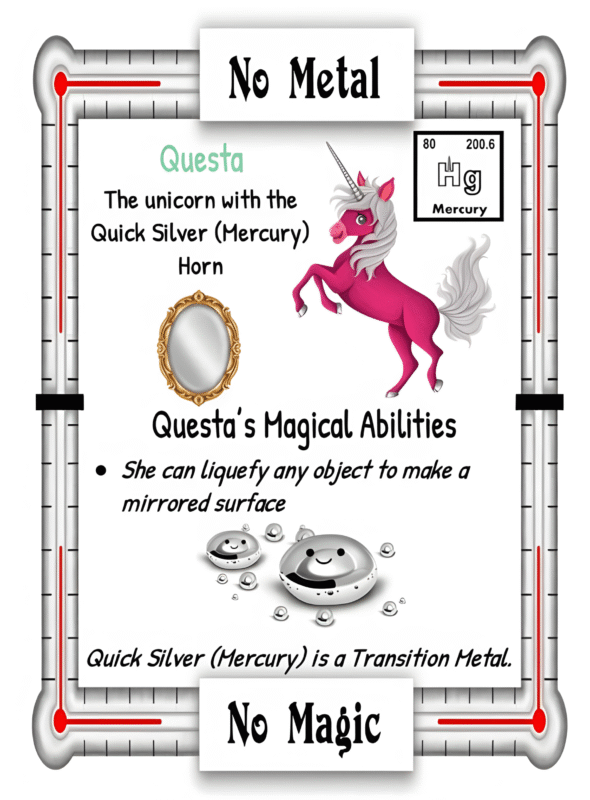Curium, an element discovered in the mid-20th century, is one of the intriguing members of the periodic table. Named after the scientific luminaries Marie Curie and her husband, Pierre Curie, who were pioneers in the field of radioactivity, curium represents not just a piece of the physical world but a chapter in the thrilling story of scientific exploration and adventure.
Imagine a world where scientists boldly pushed the boundaries of what we know, discovering elements so rare and mysterious that they seemed to come from another planet. In 1944, during the tumultuous times of World War II, a team of researchers led by Albert Ghiorso, Emilio Segrè, and Glen T. Seaborg at the University of California, Berkeley, created curium by bombarding plutonium with alpha particles. This was no small feat; they were taking the fight to the heart of atomic structure, unveiling secrets hidden deep within the very fabric of matter itself. Curium was the first element to be man-made in a laboratory, and its creation was celebrated as a landmark achievement.
Curium’s atomic number is 96, placing it in the actinide series of the periodic table, where it resides alongside other heavyweights like uranium and plutonium. These elements share a unique characteristic: they are all radioactive, meaning they release energy as they decay. Curium itself has several isotopes, each with various applications, but it is primarily known for its use in nuclear energy and certain scientific applications.
Today, curium is not widely used in commercial applications like gold, silver, or copper, which are ubiquitous in everyday life. However, that doesn’t mean it lacks importance. Curium plays a vital role in the field of space exploration, where its powerful radioactivity is harnessed. The isotope curium-244, for instance, has served as a source of power for some space missions, providing energy for satellites and deep-space probes where solar panels would be ineffective. Imagine a tiny vial of curium, harnessing the energy of the cosmos to help humanity explore the vastness of space, illuminating the mysteries of our universe!
As we look to the future, scientists are pondering the potential of curium in new technologies. Researchers are keenly exploring how this element, with its unique radioactive properties, could play a role in advanced nuclear reactors. There’s a promising notion that curium could be used in nuclear fuel recycling and waste management, helping us devise safer methods of handling radioactive materials and reducing the footprint of nuclear waste—a critical challenge for modern civilizations.
The challenges of energy demands and environmental concerns are pushing scientists to reconsider how we approach energy production. Curium’s relevance may grow as innovative energy solutions develop. Some speculate that curium could be utilized in the creation of compact, more efficient nuclear batteries, which would be revolutionary for portable electronics, medical devices, and even electric vehicles. The idea of carrying a small, powerful battery that could last for years without needing a recharge opens a realm of possibilities for technology’s future.
But the story of curium isn’t just about its scientific and commercial potential; it’s also about the pioneers who brought it to life. The Curies, with their relentless passion for science, faced skepticism and challenges in their pursuit. Marie Curie, in particular, was a trailblazer. Imagine a woman in the early 1900s, defying societal norms, working tirelessly in a lab filled with hazardous materials, risking her health in the name of discovery. Her legacy is etched into the very name of curium, and it serves as a reminder of the courage it takes to push against the current for the pursuit of knowledge.
One captivating story from the realm of curium is its contribution to the development of new isotopes used in medical applications. Certain isotopes of curium are being investigated for their potential in cancer treatments, particularly in targeted alpha therapy, a cutting-edge form of radiation treatment. This transforms curium from a mere scientific curiosity to a possible lifeline for those grappling with one of humanity’s most profound challenges—disease.
In the artistry of storytelling, curium embodies the spirit of discovery: the thrill of exploration, the challenges faced, and the unknown possibilities that lie ahead. As we delve deeper into the atomic wonders that exist around us, curium stands as a beacon of what can be achieved when curiosity meets determination. With its luminous history and enigmatic presence, curium is a reminder of our place in the universe—a story of adventure, discovery, and the relentless pursuit of knowledge that takes us beyond the known and into the realms of possibility.
This article is brought to you by Sybrina Durant, the author of the Magical Elements of the Periodic Table Book Series. Learn More.
Inter-Active Elemental Fantasy-Themed Periodic Table from Magical Elements of the Periodic Table Presented Alphabetically by The Elemental Dragon Clan
Click here to use The Inter-Active Viewer for the periodic table above to learn more about the elements each elemental represents on this periodic table. Want this No Metal No Magic periodic table in a 24″ x 36″ Poster? Click here.
Sybrina Publishing Offers Fun Activities Based On The Book
Magical Elements of the Periodic Table Magical Elementals
Browse Magical Elemental Activities at MagicalPTElements or Sybrina-Publishing on TPT or Classful









